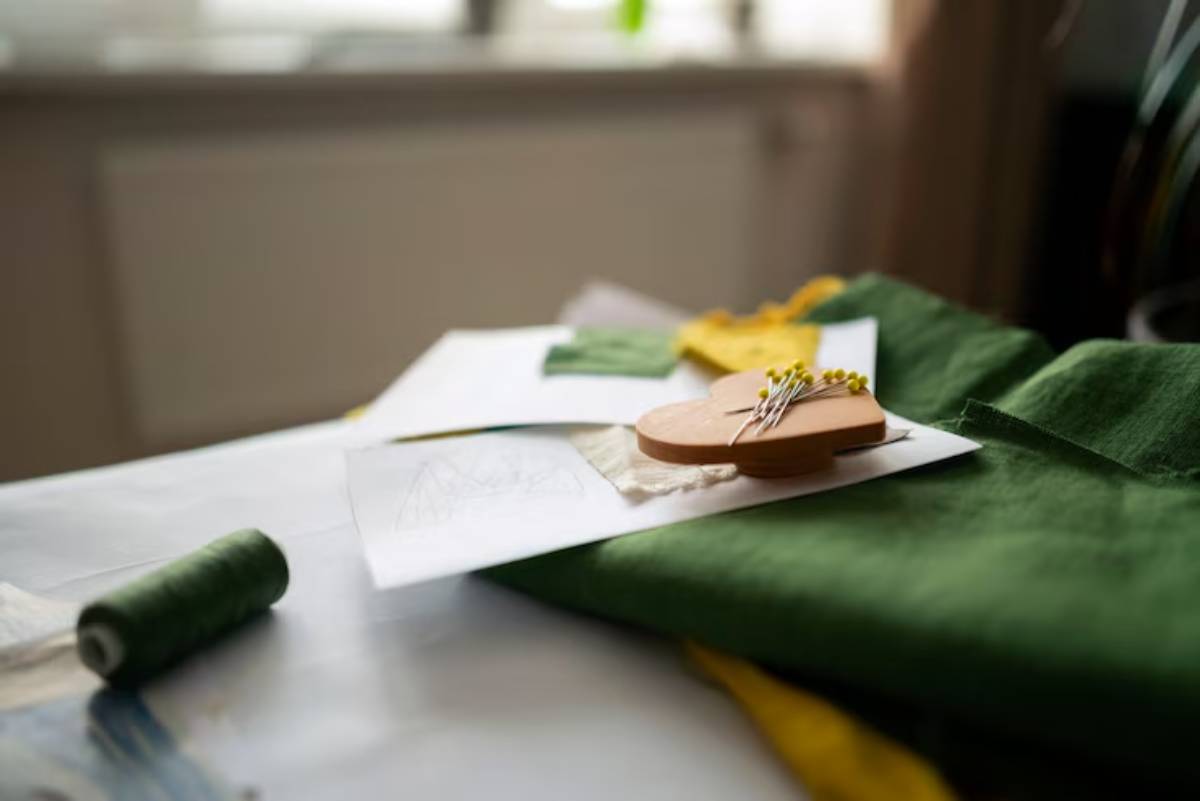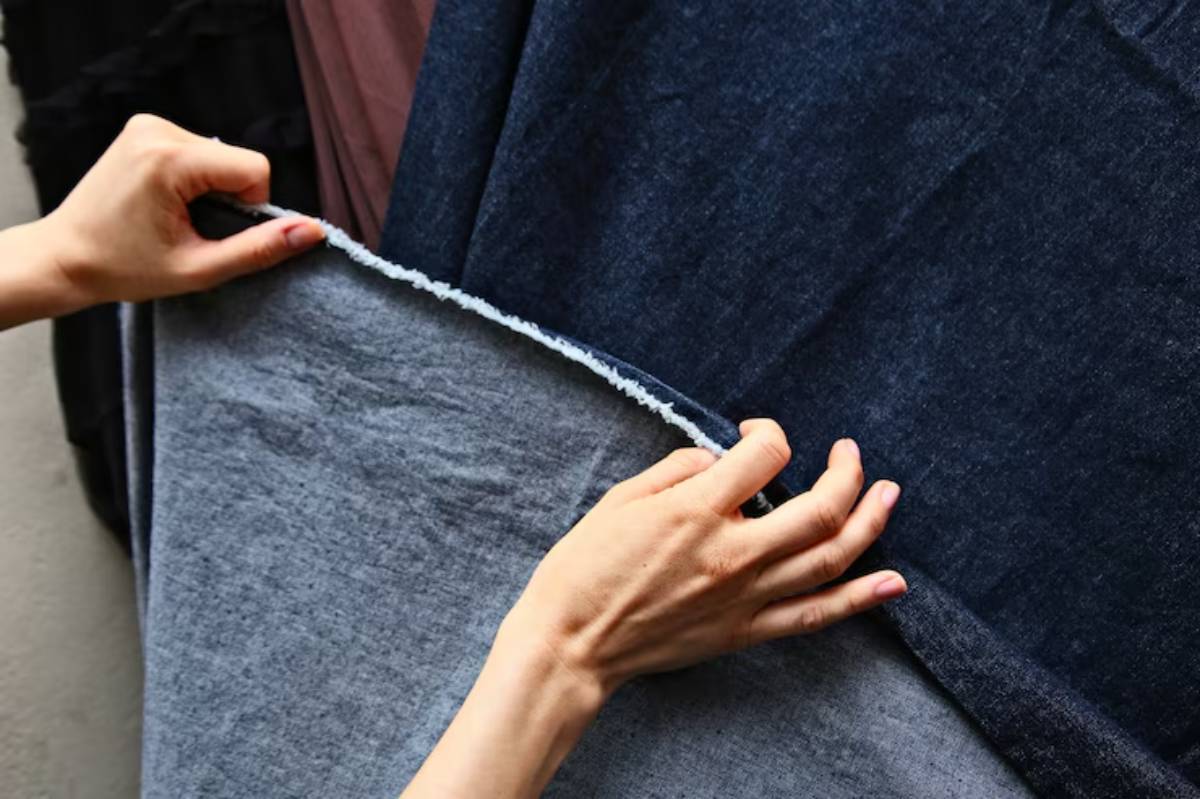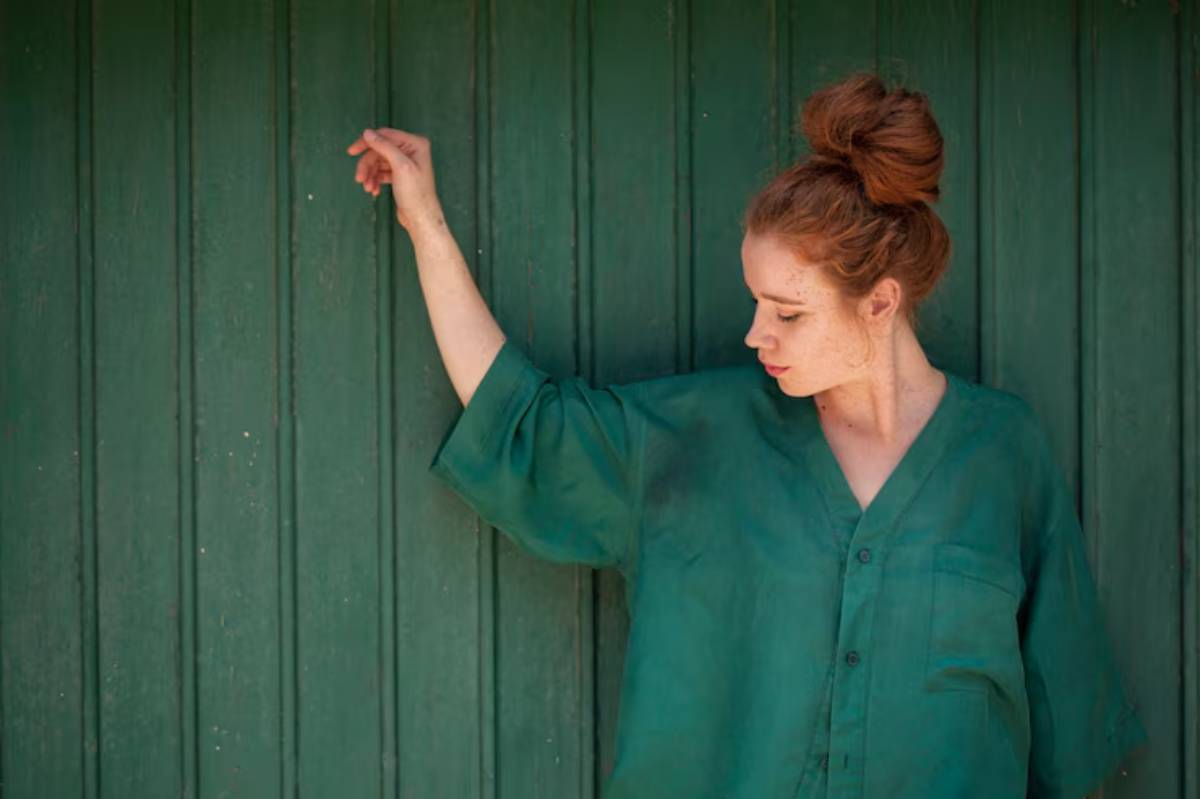
What Is Tencel and Why It’s a Sustainable Powerhouse
Meet the Fabric That’s Changing Fashion
Ever picked up a shirt that felt soft as silk, breathable like cotton, and draped like a dream — only to find the tag read “Tencel”? You’re not alone. As sustainable fashion goes mainstream, this eco-friendly material is gaining serious traction, and for good reason.
Tencel isn’t just a buzzword; it’s a sustainable clothing material with low environmental impact and high comfort appeal. From luxury loungewear to ethical officewear, Tencel is quietly becoming the eco-fashion fabric of choice for brands and conscious consumers alike.
But what exactly is Tencel? Where does it come from? And why are sustainability advocates so excited about it?
This guide explores Tencel fabric’s benefits, exploring what makes it gentle on your skin and kind to the planet. Whether you’re a curious shopper or a slow fashion devotee, you’ll walk away with a better understanding of how Tencel fits into the future of fashion.
What Exactly Is Tencel? A Quick Breakdown

Tencel is a branded name for a type of lyocell or modal fibre produced by the Austrian company Lenzing AG. It’s made from wood pulp, usually sourced from sustainably managed eucalyptus, beech, or spruce trees.
The process uses a closed-loop system, meaning almost all the water and solvents used during manufacturing are recycled and reused. This makes Tencel one of the most environmentally responsible fabrics currently on the market.
Types of Tencel:
- Tencel Lyocell – Known for its strength, smooth feel, and moisture-wicking properties
- Tencel Modal – Softer and more elastic, ideal for undergarments and loungewear
The Environmental Benefits of Tencel

1. Sustainably Sourced
Tencel is derived from FSC-certified forests, meaning the wood pulp comes from responsibly managed sources. Production also requires significantly less water than cotton—a win for resource conservation.
2. Closed-Loop Processing
Lenzing’s patented process recycles more than 99% of the solvent, drastically reducing waste and emissions. This sets Tencel apart from other regenerated fibres like viscose or rayon.
3. Biodegradable and Compostable
Tencel fibres break down naturally in both soil and marine environments. So, when your garment reaches the end of its life, it won’t sit in a landfill for centuries like synthetic fabrics.
4. Low Chemical Use
Unlike traditional textile production, Tencel avoids harsh bleaches or toxic finishes, making it better for both workers and wearers.
The Comfort Factor: Why You’ll Love Wearing Tencel

Tencel isn’t just good for the planet — it feels fantastic, too.
1. Softness You Can Feel
Tencel’s fibres are smoother than cotton, resulting in a soft touch that feels gentle against your skin, especially great for those with sensitive skin.
2. Moisture-Wicking and Breathable
Tencel absorbs moisture more efficiently than cotton, keeping you cooler in summer and warmer in winter. That’s why you’ll often see it used in performance gear and sleepwear.
3. Hypoallergenic
Thanks to its natural composition and minimal chemical treatment, Tencel is less likely to trigger skin irritation or allergic reactions.
4. Durable Yet Luxurious
Despite its softness, Tencel is strong, both wet and dry, and resists wrinkles better than many natural fabrics. It also holds dye well, meaning vibrant, long-lasting colours.
How Tencel Compares to Other Sustainable Fabrics
| Fabric | Water Usage | Biodegradable | Softness | Production Impact |
| Tencel | Low | Yes | Very Soft | Low |
| Organic Cotton | Medium | Yes | Soft | Moderate |
| Hemp | Very Low | Yes | Coarse | Low |
| Bamboo Rayon | High | Sometimes | Soft | High (unless closed-loop) |
Tencel strikes a balance between luxury and sustainability, placing it ahead of many traditional or “semi-sustainable” fabrics on the market.
How Fashion Brands Are Using Tencel
Many leading fashion brands are now integrating Tencel into their collections. Here are some standouts:
1. People Tree
This pioneer of sustainable fashion uses Tencel for flowing dresses and blouses, showcasing the fabric’s elegant drape.
2. Armedangels
This German brand blends Tencel with organic cotton for elevated basics — think soft tees and wide-leg trousers.
3. Patagonia
Even performance brands are on board. Patagonia uses Tencel in some of its eco-conscious outdoor lines, praising its breathability and strength.
4. Reformation
Reformation includes Tencel in its summer collections due to its lightweight feel and cooling properties.
How to Identify Quality Tencel Products
Not all Tencel-labelled garments are created equal.
Here’s how to spot the good stuff:
- Check the fibre content – Look for “100% Tencel Lyocell” or “Tencel Modal”
- Inspect the label – Authentic pieces often mention Lenzing AG as the fibre supplier
- Feel the fabric – It should be smooth, cool to the touch, and slightly silky
- Watch for blends – While not a dealbreaker, heavy blending with synthetics may reduce sustainability
Tencel in Everyday Clothing
Wondering how to work Tencel into your own wardrobe? Here are some practical options:
Workwear
Tencel blouses, dresses, and tailored trousers offer comfort and polish — ideal for long days at the office or Zoom calls.
Loungewear and Underwear
Modal blends are perfect for bralettes, leggings, and pyjamas thanks to their soft stretch and breathability.
Activewear
Some brands now use Tencel in yoga tops and running gear, due to its moisture-wicking properties and reduced odour retention.
Seasonal Staples
From Tencel trench coats to summer wrap dresses, the fabric adapts beautifully across seasons.
For more insight into sustainable dressing, check out creative ways to reuse dresses for every season — Tencel garments are ideal candidates for seasonal restyling.
Caring for Tencel: Make It Last
Like all sustainable fashion investments, caring properly for your Tencel clothing ensures longevity.
Washing Tips
- Wash on a gentle cycle with cold water
- Use mild, eco-friendly detergent
- Avoid bleach or fabric softeners
Drying and Ironing
- Air dry flat or on a hanger to prevent wrinkles
- Iron inside out on a low setting if needed — or better yet, use a steamer
Storage
- Hang or fold loosely to avoid creases
- Keep away from direct sunlight to maintain colour vibrancy
Challenges and Critiques: Is Tencel Perfect?
No fabric is flawless. While Tencel is a significant improvement over synthetics and chemically heavy fibres like rayon, there are a few considerations:
- Cost: Tencel garments can be more expensive due to their ethical production methods
- Availability: Still less common than cotton or polyester in mainstream shops
- Greenwashing: Some brands use “Tencel blends” to appear eco-friendly without genuine impact — always check sourcing and percentages
To avoid misleading claims, read our article on how to spot greenwashing in fashion brands to stay informed.
Conclusion: Tencel Is More Than Just a Trend
In a fashion landscape saturated with fast-changing fads and synthetic materials, Tencel represents something better — a thoughtful alternative that marries performance with planet-conscious design. Its rise isn’t just about better fabric — it’s about a better philosophy.
Whether you’re exploring sustainable clothing materials for the first time or upgrading your wardrobe with eco-fashion fabrics, Tencel offers a luxurious, durable, and ethically sound option.
So next time you spot a label that reads “Tencel”, you’ll know it’s more than just a name — it’s a small but powerful step toward sustainable living.


